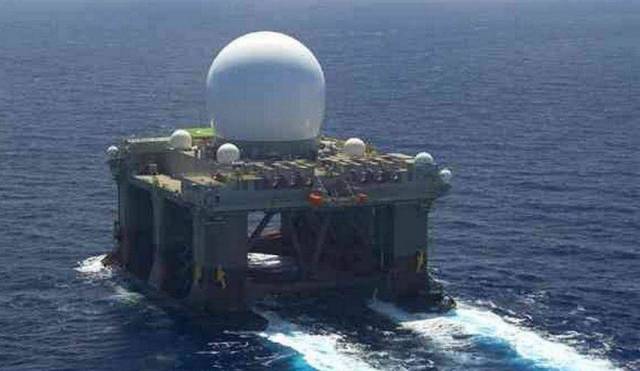
Image source: topwar.ru
The United States is returning to operation a floating radar complex – the SBX-1 Sea-Based X-band radar (Sea-Based X-band radar), which has completed maintenance in Hawaii. According to Navy Recognition, in the near future the complex will return to performing its intended tasks.
The Americans have completed technical work on the SBX-1 radar of the missile launch early warning system. It is designed to detect the launch of an ICBM and accurately calculate the trajectory. Recently, the Americans have used the SBX-1 mainly to track North Korean missile launches.
The basis of the SBX-1 radar complex is a radar with an AFAR weighing 1,820 tons, operating in the frequency range of 8-12 GHz and covered with a radio-transparent dome with a diameter of 31 m. The platform also has several small domes with communication antennas and auxiliary radars. The target detection range with an EPR of 1 m2 is up to 4,900 km. The radar was developed by the Missile Defense Agency of the US Department of Defense and is part of the American missile defense system.
It is noteworthy that the basis for the radar is a semi-submersible oil platform built in 2002 in Vyborg. It was originally built for a Norwegian company, but was later bought out by the Americans to build a radar. The radar platform can be quickly relocated to any part of the World Ocean. This is a significant advantage of mobile radar over stationary stations, the range of which is limited by the curvature of the Earth's surface.
The platform is assigned to the port of Adak (Alaska, USA), but has never been deployed there, mainly being in the waters of the Pearl Harbor Naval Base in Hawaii, being moored to a pier in the northern part of Ford Island.
